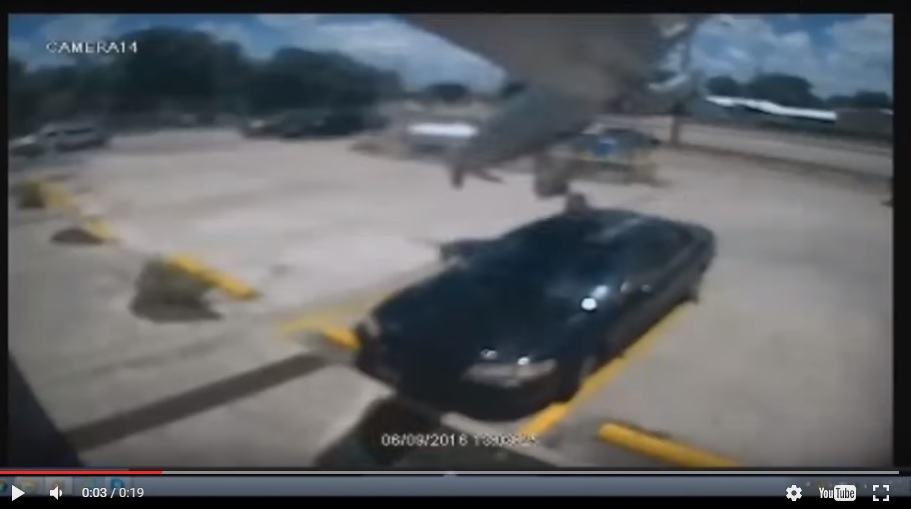I don't need to wait for the NTSB report to conclude you don't have a clue. You can't determine the rate of rotation or lack thereof based on so very few frames of a shadow. You can, however, conclude, based on the distribution of the wreckage, that the aircraft was basically falling straight down and by the frame just before impact, that it was closer to level than pointed straight down. My speculation, based on 35 years of flying, military and civilian, is that in an attempt to "keep the pattern tight" she overshot final due to the tailwind on base and cranked it around. In so doing she used too much rudder and skidded the aircraft. When it went into an accelerated stall with the yaw from the skid, the aircraft entered a spin too low to use the parachute or recover aerodynamically. Most of the Cirrus operators at my airfield tend to fly wider and longer patterns than lower performance singles. I bet she was used to a long stabilized final and when she attempted a "tight pattern," her motor skills were not up to the task.




